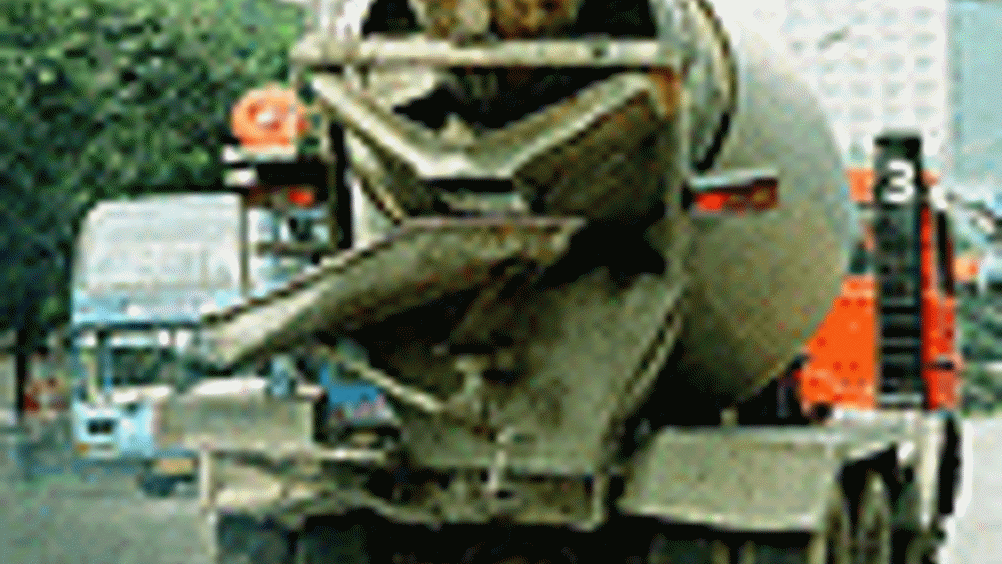Durable concrete

MIT civil engineers have identified what causes concrete to gradually deform, decreasing its durability and shortening the lifespan of bridges and nuclear-waste containment vessels.
The researchers say that concrete creep (the technical term for the time-dependent deformation that occurs in concrete when it is subjected to load) is caused by the rearrangement of particles at the nano-scale.
'Finally, we can explain how creep occurs,' said MIT's Prof Franz-Josef Ulm.
'We can't prevent creep from happening, but if we slow the rate at which it occurs, this will increase concrete's durability and prolong the life of the structures.'
In 2007, Ulm discovered that the basic building-blocks of cement paste at the nano-scale - calcium-silicate-hydrates - are granular in nature and naturally self-assemble at two structurally distinct but chemically similar phases when mixed with water, each with a fixed packing density close to one of the two maximum densities allowed by nature for spherical objects (64 per cent for the lower density and 74 per cent for high).
Register now to continue reading
Thanks for visiting The Engineer. You’ve now reached your monthly limit of news stories. Register for free to unlock unlimited access to all of our news coverage, as well as premium content including opinion, in-depth features and special reports.
Benefits of registering
-
In-depth insights and coverage of key emerging trends
-
Unrestricted access to special reports throughout the year
-
Daily technology news delivered straight to your inbox










Pipebots Transforming Water Pipe Leak Detection and Repair
Fantastic application.